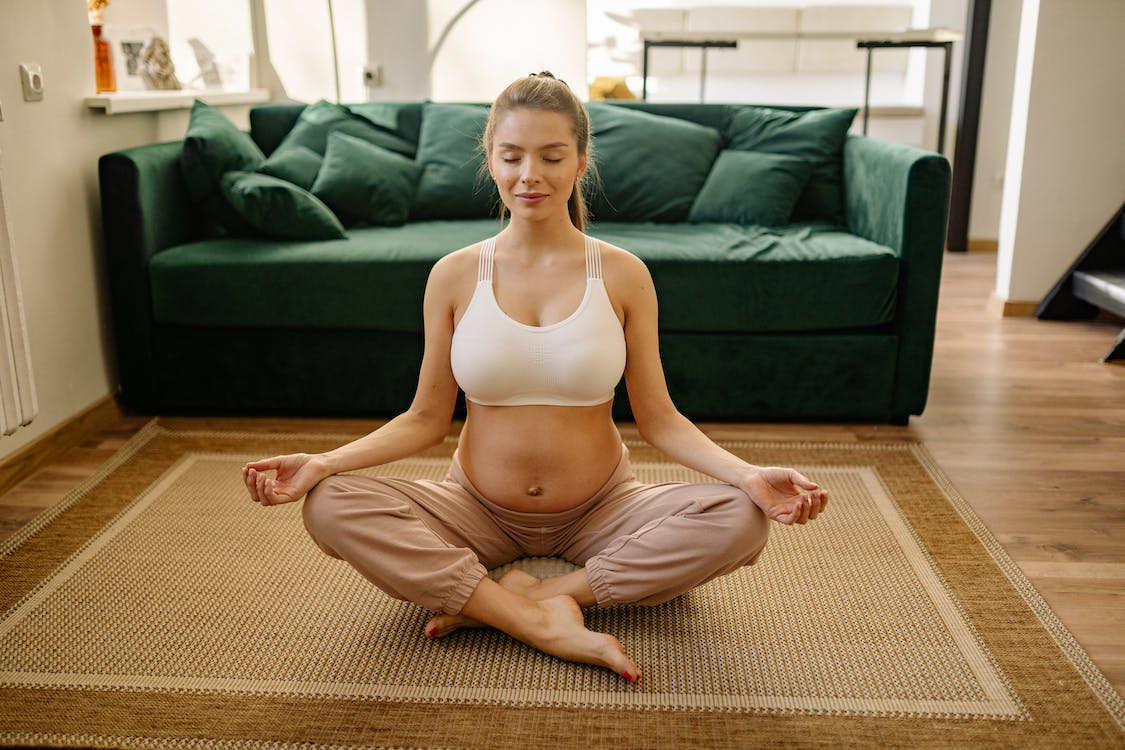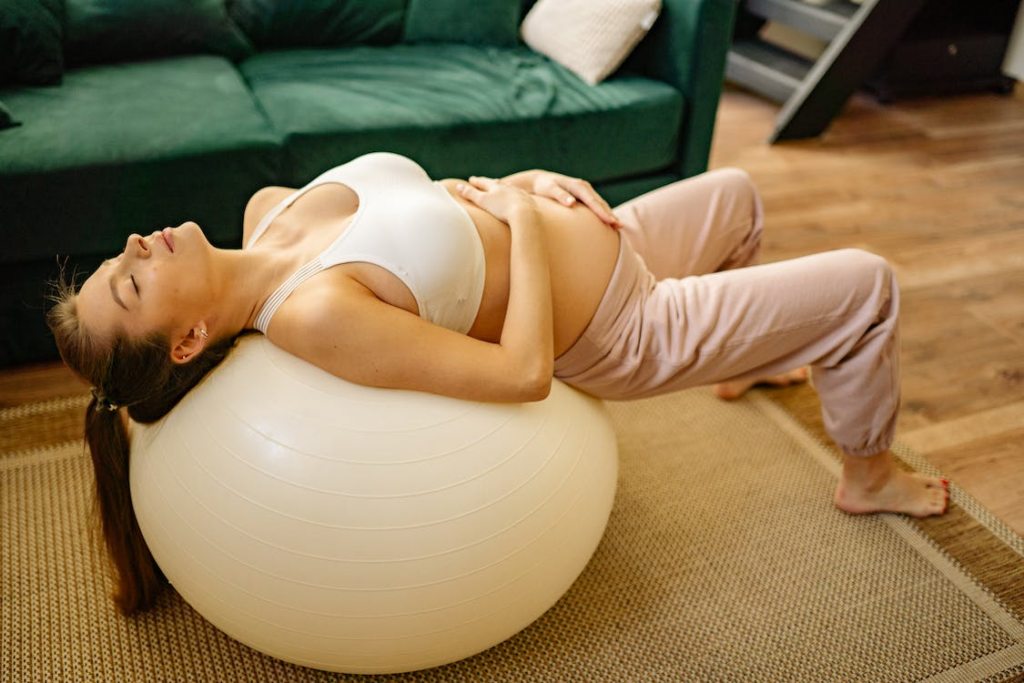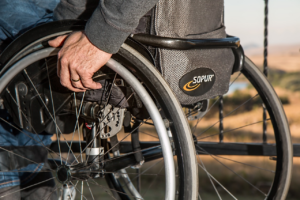
Yoga, an ancient practice originating from India, has been recognized worldwide for its numerous physical and mental benefits. When applied to the context of pregnancy, yoga offers a holistic approach to managing the physical changes and emotional stresses that accompany this period. Expectant mothers often grapple with common issues such as back pain, fatigue, sleep disturbances, and anxiety. The unique blend of gentle stretching, mindfulness, and breathing exercises in prenatal yoga can help alleviate these common discomforts, promote relaxation, and prepare the body for childbirth. While yoga is generally safe during pregnancy, it’s crucial to modify poses as needed and avoid those that could put pressure on the abdomen or potentially overstretch muscles. As always, each pregnancy is unique, so it’s essential to consult with a healthcare provider before starting any new workout regime, including yoga.
Choosing a Certified Prenatal Massage Therapist
When incorporating massages into your pregnancy journey, the first and foremost precaution to take is choosing a certified prenatal massage therapist. This ensures you’re in capable and knowledgeable hands that understand the unique needs of a pregnant body. Moreover, as an expecting mother, you may have specific concerns or discomforts that a certified therapist can address safely. They are trained to provide massages in the proper positions and use techniques suitable for pregnant women, ensuring your safety and comfort throughout the session.
Avoiding Massages During the First Trimester
To minimize any potential risks, it is generally suggested to avoid massages during this period. The uterus and pelvic ligaments are also undergoing significant changes, which could make it uncomfortable to lie on your stomach or back for an extended period. However, this doesn’t mean you have to completely miss out on the relaxation and benefits of a massage; there are safe alternatives such as reflexology or head, neck, and shoulder massages that can be done while seated or lying on your side.
Steering Clear of Deep Pressure Massages
Deep pressure messages can cause discomfort or potential harm during pregnancy. Instead, opt for lighter, more gentle massage techniques specifically designed for expectant mothers. These techniques typically focus on improving blood circulation, reducing swelling, and relieving muscle tension. Some therapists may also use essential oils that are safe for pregnant women to enhance the relaxation benefits of the massage. When in doubt, always communicate your concerns and preferences with your massage therapist to ensure a safe and comfortable experience.
Focusing on Areas of Discomfort
Targets for your massage sessions should primarily be areas of discomfort like the lower back, legs, and feet. These are the areas most affected by the changes in your body during pregnancy. A skilled prenatal massage therapist will know how to address these areas safely and effectively, using techniques such as Swedish massages, gentle stretches, and acupressure. Some therapists may also use props like pregnancy pillows to support your body and provide additional comfort during the session. For instance, a pregnancy pillow placed under the abdomen while lying on your side can help alleviate lower back pain.

Listening to Your Body
If something doesn’t feel right during the massage, stop immediately and consult your healthcare provider. This precaution cannot be stressed enough because your comfort and safety, and that of your baby, are paramount. Always communicate with your therapist and let them know of any discomfort or concerns you may have throughout the session. With proper communication and precautions, incorporating yoga and massages into your pregnancy journey can offer numerous benefits for both your physical and mental well-being. So, go ahead and enjoy a relaxing prenatal massage or a gentle yoga practice tailored to your unique needs as an expecting mother.
Whether you prefer a soothing massage or a calming yoga session, incorporating these practices into your pregnancy can help alleviate common discomforts and prepare your body for childbirth. Just remember to consult with your healthcare provider, choose certified therapists, and listen to your body’s signals to have a safe and beneficial experience. With the right precautions in place, prenatal yoga and massages can be valuable tools in supporting your overall health and well-being during this special journey. So, don’t hesitate to explore these options and find the best fit for you and your baby.




